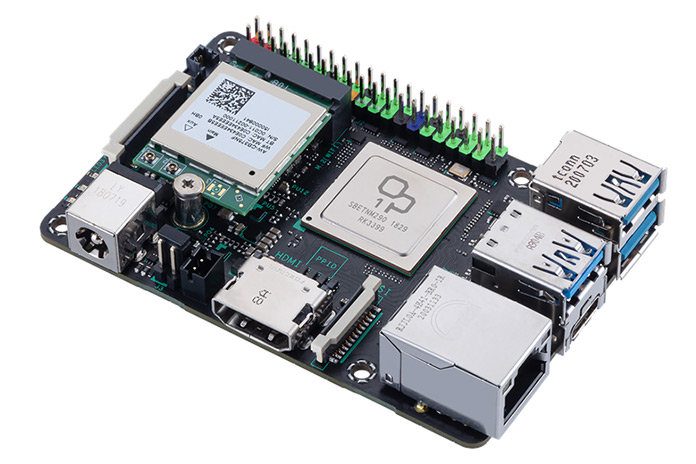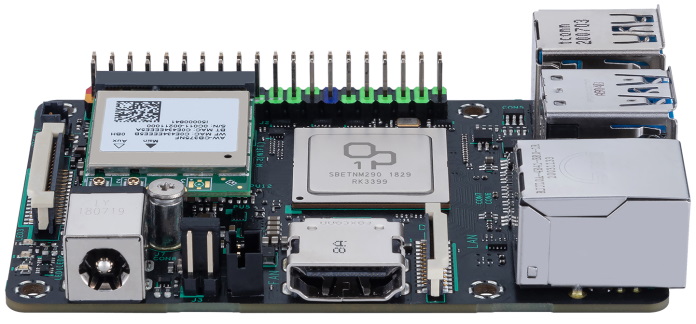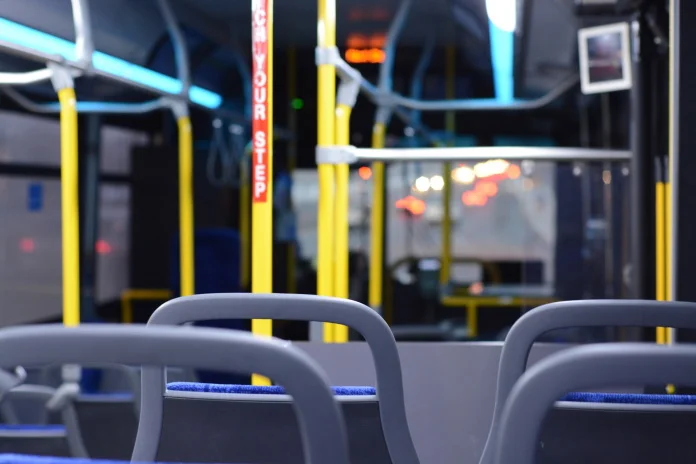In today’s world, computing doesn’t just happen on PCs and smartphones. A galaxy of smart devices – the Internet of Things – has made our lives more convenient by connecting us directly to services and data from the businesses and institutions we interact with daily, right when those connections are needed. Unlike PCs or phones, the devices that make up the Internet of Things are often custom-built to serve specific business needs and streamline specific user interactions. That tailor-made approach demands a flexible hardware foundation with high performance, broad connectivity, efficient operation, and rock-solid reliability, as well as strong support for the most common software platforms to make solution developers’ jobs simple.
Single-board computers (SBCs) are a central component of the revolution that’s made the Internet of Things possible. These highly compact and power-efficient devices make it possible to put a slice of processing power, network connectivity, and general-purpose I/O practically anywhere, especially embedded inside smart devices. When companies first explore how to connect their customers with their services and data through the Internet of Things, they often turn to SBCs targeted at hobbyists, only to be frustrated by a lack of centralized software and hardware support or hardware that isn’t as flexible or durable as it needs to be to provide reliable operation in the rigors of a commercial environment.
The Tinker Board is your business’s IOT foundation
That’s where the ASUS Tinker Board family comes in. We’ve used our many years of experience developing commercial motherboards and serving corporate customers to create a broad family of SBCs with the flexibility, reliability, efficiency, software ecosystem, and direct support that businesses and institutions need. Thanks to our long history of partnerships with commercial customers, we know how to team up with and support Internet of Things developers so that they can build their solutions quickly, get them into the field faster, and trust that their creations are dependable even under the demands of constant use.
To show how the Tinker Board family can help your business or institution successfully join the Internet of Things, we’ve collected success stories from several of our partners around the world.
 The ASUS Tinker Board 2S
The ASUS Tinker Board 2S
Our first stop on our tour of the Tinker Board universe starts with a software firm developing an IoT solution for a regional transit authority that wanted to upgrade its fare payment system on its fleet of buses. This upgraded system allows riders to pay for their trip with one touch of an RFID smart card on a reader. This approach keeps passengers moving through the doors and on to their seats—but only if it works the first time, every time. After consulting with us, the developer chose a strong foundation for this card-reader system: the Tinker Board 2S.
Rugged, resilient, and flexible
The first feature that made the Tinker Board 2S appealing for this application is its onboard storage. A bus might have to travel over rough pavement that causes high-frequency vibrations inside, or it might hit potholes and expansion joints that cause sharper shocks. Over time, the removable storage media used by some SBCs might work its way loose or maintain inconsistent contact with the card slot, causing intermittent functionality or rendering the device inoperable. That’s why the developer was happy to learn that the Tinker Board 2S offers onboard eMMC storage that’s much more resilient against the harsh operating environment of a city bus. This 16GB onboard SSD offers plenty of room for an embedded operating system and the critical applications that power the RFID card-reading system.

The second challenge facing any embedded system in a vehicle is the quality and type of electrical power available. Unlike the relatively smooth and consistent power available from the fixed grid, the power provided by vehicle electrical systems is of much lower quality. Electrical noise and inconsistent voltages are constant issues. Common hobbyist SBCs also require a 5V source rather than 12V, which is much easier to obtain from vehicle power systems. And those potential problems are just the start of the challenges facing high-touch embedded systems. In dry air, passengers might create electrostatic discharges on the housing of the RFID card reader that could cause unexpected behavior such as freeze-ups or shutdowns. And we already know that the last thing anybody on a bus wants is a hold-up at the point of payment.
The Tinker Board 2S is ready to cope with the challenges posed by both vehicle power systems and the threat of electrostatic discharge. It can tolerate a wide range of input voltages, from 12V up to 19V, so even if the voltage from a bus’s power system varies over time, the RFID card reader will keep operating reliably. If a voltage spike exceeds that operating range, overvoltage protection on the DC input protects the card reader module from damage. And electrostatic discharge protection on many of the Tinker Board 2S’s I/O ports and pins prevents a static shock from incapacitating the system and preventing riders from paying their fares.
Beyond those hardware features, our local support team worked closely with the developer to ensure that they had all the resources they needed for this project to succeed—and indeed, our partnership helped the developer create a winning solution. Bus riders will enjoy a responsive and convenient fare payment system, and the transit authority will enjoy a reliable solution that’s easy to integrate into its fleet.
For more information on how the Tinker Board ecosystem and a partnership with ASUS can help your business or institution successfully join the Internet of Things revolution, please contact your local ASUS representative.

